Chicken Marsala Near You
- California Grill
.png?auto=format&fit=max&q=10) Open Now$5.99 Delivery4.6
Open Now$5.99 Delivery4.6 - Avolio's Italian Restaurant
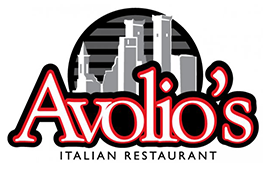 Open Now$3.50 Delivery4.9
Open Now$3.50 Delivery4.9 - The Kitchen Italian Cafe & Pizzeria
 Open Now$3.00 Delivery4.9
Open Now$3.00 Delivery4.9 - Cafe Corleone Italian RestaurantOpen Now$5.00 Delivery4.8
- Mr. G's Pizza
 Open Now$4.99 Delivery4.6
Open Now$4.99 Delivery4.6
- California Grill
.png?auto=format&fit=max&q=10) Open Now$5.99 Delivery4.6
Open Now$5.99 Delivery4.6 - Avolio's Italian Restaurant
 Open Now$3.50 Delivery4.9
Open Now$3.50 Delivery4.9 - The Kitchen Italian Cafe & Pizzeria
 Open Now$3.00 Delivery4.9
Open Now$3.00 Delivery4.9 - Cafe Corleone Italian RestaurantOpen Now$5.00 Delivery4.8
- Mr. G's Pizza
 Open Now$4.99 Delivery4.6
Open Now$4.99 Delivery4.6 - Pozzetto Italian Dining
 Closed$3.90 Delivery4.7
Closed$3.90 Delivery4.7 - Pasta RomaOpen Now$5.00 Delivery4.6
- El Morfi Grill
 Open Now$4.40 Delivery4.7
Open Now$4.40 Delivery4.7 - Fratelli's Pizza
 Open Now$4.99 Delivery4.0
Open Now$4.99 Delivery4.0 - Fratelli's Pizza PlaceOpen Now$4.99 Delivery4.4
- Palermo Italian Restaurant
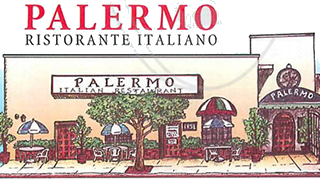 Closed$4.00 Delivery4.8
Closed$4.00 Delivery4.8 - Asparagus Pizza
 Open NowFree Delivery4.7
Open NowFree Delivery4.7 - Miceli's
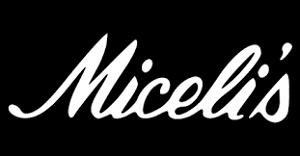 Open Now
Open Now - Pizza Dudes - Formerly known as Hideout Pizza
.png?auto=format&fit=max&q=10) Closed$7.65 Delivery4.1
Closed$7.65 Delivery4.1 - Portofino Pizzeria & Deli
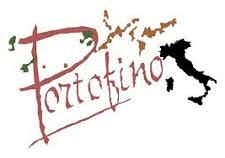 Open Now$4.65 Delivery4.8
Open Now$4.65 Delivery4.8
Chicken Marsala
- Toozy Patza PizzaOpen Now$3.50 - $4.99 Delivery4.7
- Marinara Pizza
 Open NowFree Delivery5.0
Open NowFree Delivery5.0 - Mel's Pizza Pasta & More
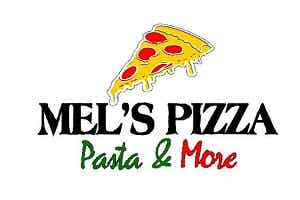 Open NowFree Delivery5.0
Open NowFree Delivery5.0 - Florina's Woodburning PizzaOpen Now$3.00 Delivery4.9
- Original Italian PizzaOpen NowFree Delivery4.9
- Toozy Patza PizzaOpen Now$3.50 - $4.99 Delivery4.7
- Marinara Pizza
 Open NowFree Delivery5.0
Open NowFree Delivery5.0 - Mel's Pizza Pasta & More
 Open NowFree Delivery5.0
Open NowFree Delivery5.0 - Florina's Woodburning PizzaOpen Now$3.00 Delivery4.9
- Original Italian PizzaOpen NowFree Delivery4.9
- Pizza ExpressOpen Now$3.00 - $6.00 Delivery4.9
- Davila's Pizza & Catering
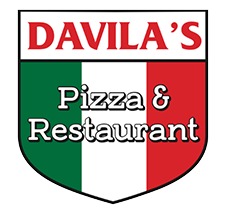 Open Now$2.00 - $7.50 Delivery5.0
Open Now$2.00 - $7.50 Delivery5.0 - Enzo's Pizzeria Restaurant
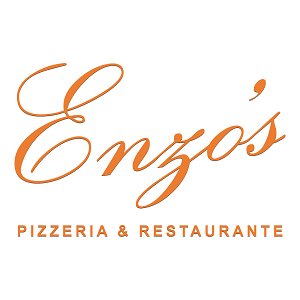 Open Now$2.00 Delivery5.0
Open Now$2.00 Delivery5.0 - The Shop Pizzeria & MarketOpen Now$3.00 - $5.00 Delivery4.7
- Tre Colore Pizzeria & Restaurant
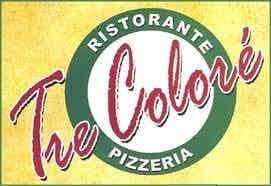 Open Now$2.00 Delivery4.7
Open Now$2.00 Delivery4.7 - Hometown Pizza of BristolOpen NowFree Delivery4.7
- Nino's Pizza & Restaurant
 Open NowFree Delivery5.0
Open NowFree Delivery5.0 - Hometown PizzaOpen NowFree Delivery5.0
- Dino's Pizza & Pasta
 Open Now$3.00 Delivery4.8
Open Now$3.00 Delivery4.8 - Bella Mia Pizzeria
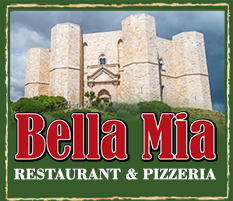 Open Now$2.95 - $5.00 Delivery4.9
Open Now$2.95 - $5.00 Delivery4.9
Chicken Marsala Near You With Discounts
- Don Jono's Pizzeria Restaurant
 Open Now$2.95 Delivery4.9
Open Now$2.95 Delivery4.9 - Ambler Pizza
 Open Now$3.95 Delivery4.9
Open Now$3.95 Delivery4.9 - La Supreme Pizza
 Open Now$2.00 Delivery5.0
Open Now$2.00 Delivery5.0 - Bklyn Pizza
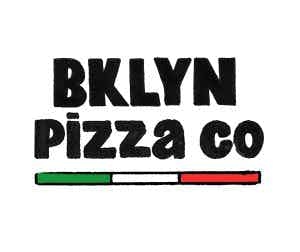 Open NowFree Delivery4.7
Open NowFree Delivery4.7 - Supreme Eats Pizza And PastaOpen NowFree Delivery4.7
- Don Jono's Pizzeria Restaurant
 Open Now$2.95 Delivery4.9
Open Now$2.95 Delivery4.9 - Ambler Pizza
 Open Now$3.95 Delivery4.9
Open Now$3.95 Delivery4.9 - La Supreme Pizza
 Open Now$2.00 Delivery5.0
Open Now$2.00 Delivery5.0 - Bklyn Pizza
 Open NowFree Delivery4.7
Open NowFree Delivery4.7 - Supreme Eats Pizza And PastaOpen NowFree Delivery4.7
- Antonio's Old World Pizza
 Open Now$3.00 Delivery4.9
Open Now$3.00 Delivery4.9 - La Grova Pizzeria
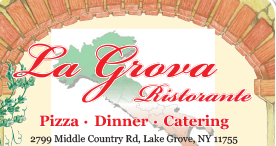 Open Now$3.50 Delivery5.0
Open Now$3.50 Delivery5.0 - Tony's Pizzeria
 Open Now$1.25 Delivery4.8
Open Now$1.25 Delivery4.8 - FRIENDLIER of WOODMERE
 Open NowFree Delivery4.7
Open NowFree Delivery4.7 - Avanti's Pizza
.jpg?auto=format&fit=max&q=10) Open NowFree Delivery4.9
Open NowFree Delivery4.9 - Avanti's Pizza
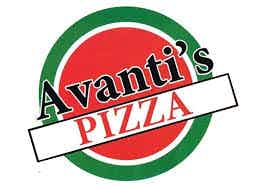 Open NowFree Delivery4.7
Open NowFree Delivery4.7 - Pellerito's Pizza
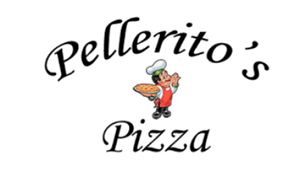 Open Now$1.50 Delivery4.7
Open Now$1.50 Delivery4.7 - Salvo's Pizza
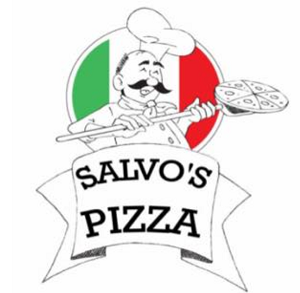 Open Now$5.90 Delivery4.9
Open Now$5.90 Delivery4.9 - Rego Park Best Pizza & Fried ChickenOpen NowFree Delivery4.9
- Cucina JupiterOpen Now$5.00 Delivery4.8
Chicken Marsala Near You with Free Delivery
- Marinara Pizza
 Open NowFree Delivery5.0
Open NowFree Delivery5.0 - Mel's Pizza Pasta & More
 Open NowFree Delivery5.0
Open NowFree Delivery5.0 - Original Italian PizzaOpen NowFree Delivery4.9
- Hometown Pizza of BristolOpen NowFree Delivery4.7
- Nino's Pizza & Restaurant
 Open NowFree Delivery5.0
Open NowFree Delivery5.0
- Marinara Pizza
 Open NowFree Delivery5.0
Open NowFree Delivery5.0 - Mel's Pizza Pasta & More
 Open NowFree Delivery5.0
Open NowFree Delivery5.0 - Original Italian PizzaOpen NowFree Delivery4.9
- Hometown Pizza of BristolOpen NowFree Delivery4.7
- Nino's Pizza & Restaurant
 Open NowFree Delivery5.0
Open NowFree Delivery5.0 - Hometown PizzaOpen NowFree Delivery5.0
- Deanna's Pizzeria & Restaurant
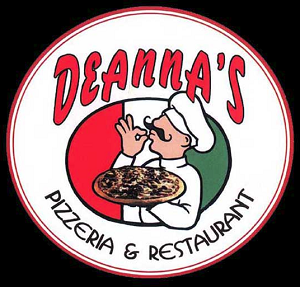 Open NowFree Delivery4.7
Open NowFree Delivery4.7 - Il Mattone Tribeca
 Open NowFree Delivery5.0
Open NowFree Delivery5.0 - Paradise Pizza
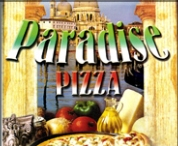 Open NowFree Delivery4.7
Open NowFree Delivery4.7 - Pizza Station
 Open NowFree Delivery5.0
Open NowFree Delivery5.0 - Franco's Pizzeria & Restaurant
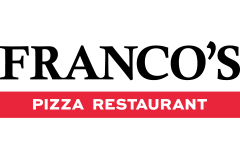 Open NowFree Delivery4.9
Open NowFree Delivery4.9 - Village Pizza & Pasta
 Open NowFree Delivery5.0
Open NowFree Delivery5.0 - Cugini's Pizza
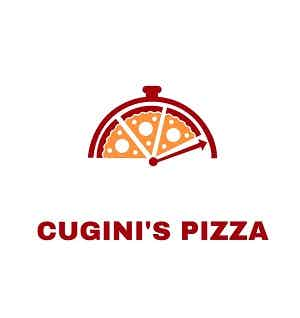 Open NowFree Delivery4.8
Open NowFree Delivery4.8 - Mancini's Woodfired Pizza
 Open NowFree Delivery5.0
Open NowFree Delivery5.0 - Lunetta Pizza
 Open NowFree Delivery5.0
Open NowFree Delivery5.0
Best Chicken Marsala in Las Vegas
- Rocco's NY Pizzeria & Pasta - WINDMILL
 Open Now$3.50 Delivery5.0
Open Now$3.50 Delivery5.0 - Rocco's NY Pizzeria & Pasta - Charleston
 Open Now$4.95 Delivery4.8
Open Now$4.95 Delivery4.8 - Frank's Pizza Restaurant
 Open Now$2.99 - $11.99 Delivery4.8
Open Now$2.99 - $11.99 Delivery4.8 - Giuseppe's Bar & Grille Las Vegas
.png?auto=format&fit=max&q=10) Open Now$4.95 Delivery4.8
Open Now$4.95 Delivery4.8 - Dom Demarco's Pizzeria
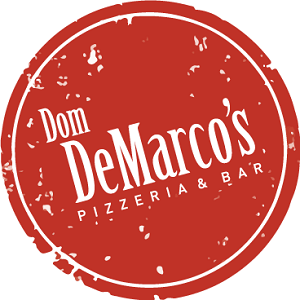 Open Now$5.00 Delivery4.9
Open Now$5.00 Delivery4.9
- Rocco's NY Pizzeria & Pasta - WINDMILL
 Open Now$3.50 Delivery5.0
Open Now$3.50 Delivery5.0 - Rocco's NY Pizzeria & Pasta - Charleston
 Open Now$4.95 Delivery4.8
Open Now$4.95 Delivery4.8 - Frank's Pizza Restaurant
 Open Now$2.99 - $11.99 Delivery4.8
Open Now$2.99 - $11.99 Delivery4.8 - Giuseppe's Bar & Grille Las Vegas
.png?auto=format&fit=max&q=10) Open Now$4.95 Delivery4.8
Open Now$4.95 Delivery4.8 - Dom Demarco's Pizzeria
 Open Now$5.00 Delivery4.9
Open Now$5.00 Delivery4.9 - Gianna's Pizza
 Open Now$4.95 Delivery4.7
Open Now$4.95 Delivery4.7 - Rocco's NY Pizza & Pasta
.png?auto=format&fit=max&q=10) Open Now$6.90 Delivery4.8
Open Now$6.90 Delivery4.8 - PB PizzaOpen Now$2.99 - $7.99 Delivery4.3
- Sabatino's NY Pizza
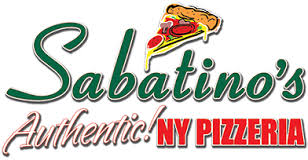 Closed$3.99 - $5.00 Delivery5.0
Closed$3.99 - $5.00 Delivery5.0 - Rocco's NY Pizzeria & Pasta - Village CenterOpen Now$5.00 Delivery4.9
- Trattoria Italia
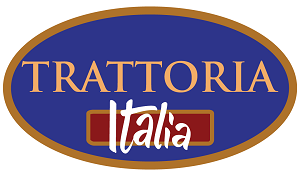 Closed$4.00 Delivery4.4
Closed$4.00 Delivery4.4
Best Chicken Marsala in Baltimore
- Silvermoon IIOpen Now$6.90 Delivery4.9
- Silver Moon 1
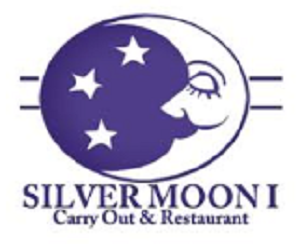 Open Now$4.90 Delivery4.5
Open Now$4.90 Delivery4.5 - Tre Fratelli Ristorante
_(3).png?auto=format&fit=max&q=10) Open Now$4.95 Delivery4.9
Open Now$4.95 Delivery4.9
- Silvermoon IIOpen Now$6.90 Delivery4.9
- Silver Moon 1
 Open Now$4.90 Delivery4.5
Open Now$4.90 Delivery4.5 - Tre Fratelli Ristorante
_(3).png?auto=format&fit=max&q=10) Open Now$4.95 Delivery4.9
Open Now$4.95 Delivery4.9
Best Chicken Marsala in Philadelphia
- Montesini PizzaOpen Now$2.00 Delivery4.9
- Little Italy Pizza & Trattoria
 Open Now$2.00 Delivery5.0
Open Now$2.00 Delivery5.0 - Angelo's Pizzeria & Family Restaurant
 Open Now$3.00 Delivery5.0
Open Now$3.00 Delivery5.0 - Italian ExpressOpen Now$3.00 Delivery4.9
- Tony's Pizzeria
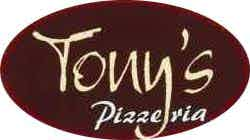 Open Now$1.50 Delivery4.8
Open Now$1.50 Delivery4.8
- Montesini PizzaOpen Now$2.00 Delivery4.9
- Little Italy Pizza & Trattoria
 Open Now$2.00 Delivery5.0
Open Now$2.00 Delivery5.0 - Angelo's Pizzeria & Family Restaurant
 Open Now$3.00 Delivery5.0
Open Now$3.00 Delivery5.0 - Italian ExpressOpen Now$3.00 Delivery4.9
- Tony's Pizzeria
 Open Now$1.50 Delivery4.8
Open Now$1.50 Delivery4.8 - Mr P Pizza & Pasta
 Open Now$3.00 Delivery4.5
Open Now$3.00 Delivery4.5 - The Original's Restaurant & Bar
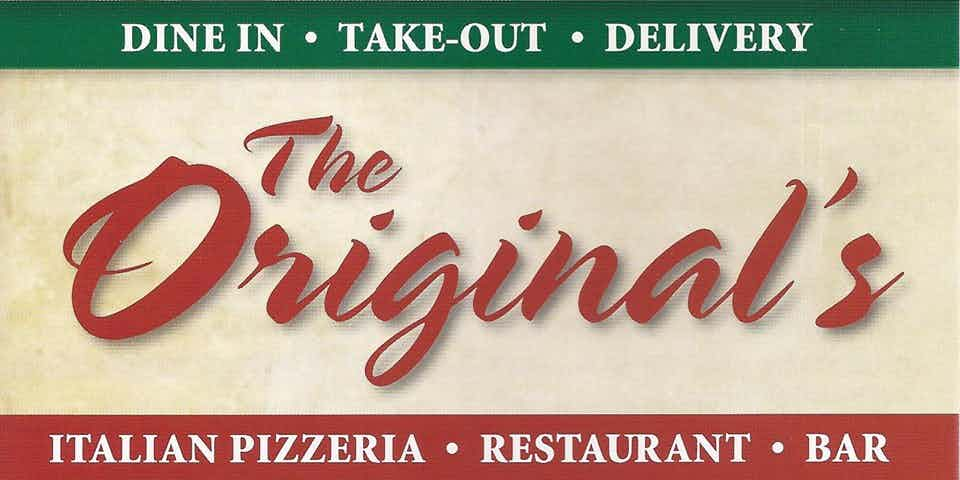 Open Now$2.50 Delivery4.6
Open Now$2.50 Delivery4.6 - D'Oliva EVOO Pizza & Grill
 Open Now$2.00 Delivery4.8
Open Now$2.00 Delivery4.8 - Don Giovanni's II
 Open Now$2.00 Delivery4.8
Open Now$2.00 Delivery4.8 - Big Al's Italiano
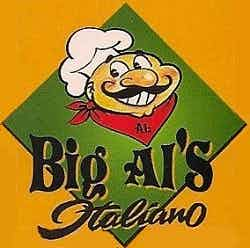 Open Now$2.25 Delivery4.7
Open Now$2.25 Delivery4.7 - Domenic's Pizza
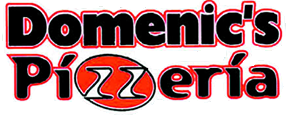 Open Now$3.00 - $4.00 Delivery4.6
Open Now$3.00 - $4.00 Delivery4.6 - Sorrento's Pizza
 Open Now$3.00 Delivery4.8
Open Now$3.00 Delivery4.8 - Fiesta Pizza
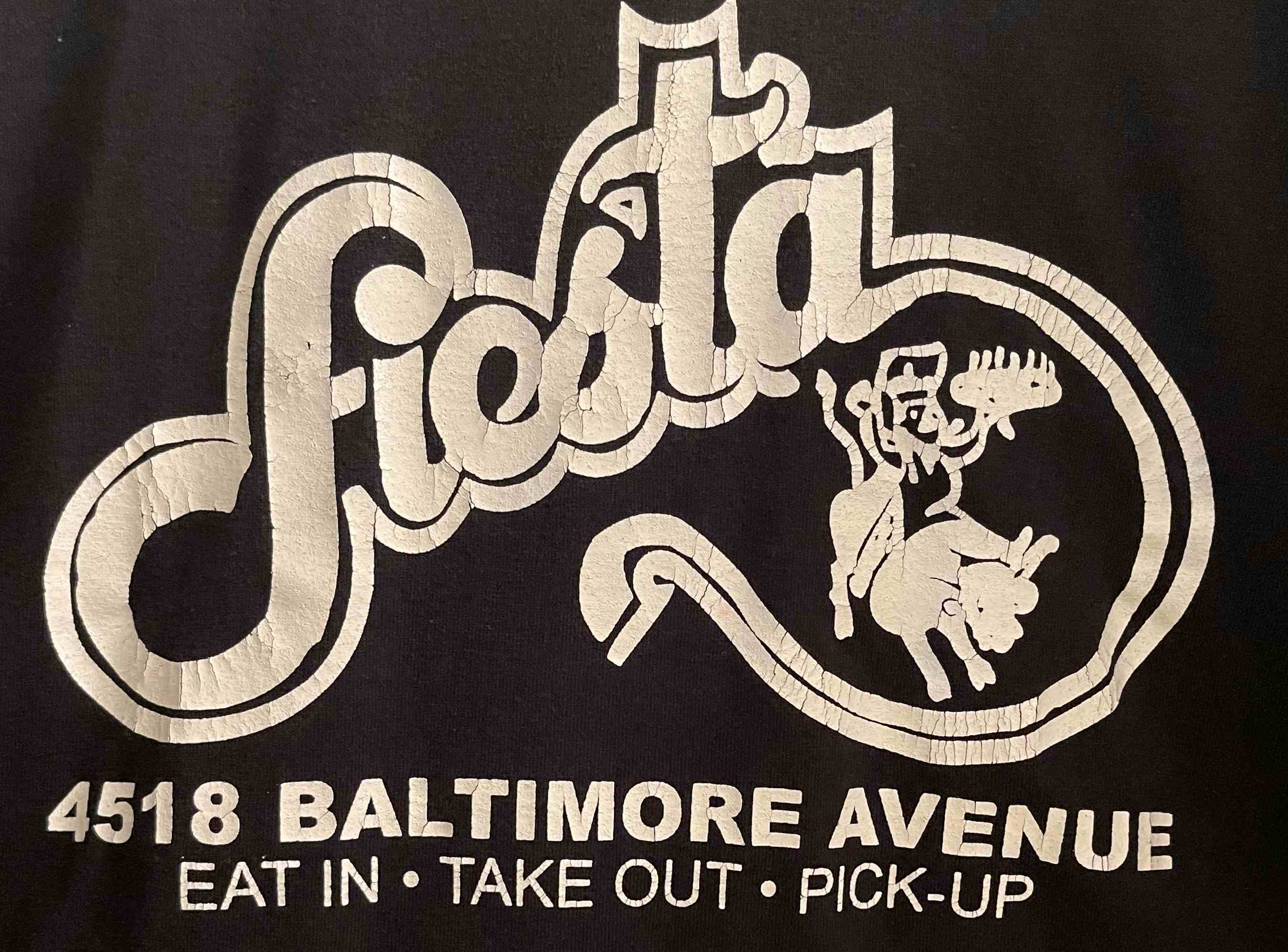 Open Now$3.00 Delivery4.5
Open Now$3.00 Delivery4.5 - Marcello's Pizza Grill PhillyOpen Now$3.00 Delivery4.7
- Pina's PizzaOpen Now$2.50 Delivery4.8
Best Chicken Marsala in Houston
- The Spaghetti Western Italian Cafe
 Open Now$6.90 Delivery4.7
Open Now$6.90 Delivery4.7 - Prima Pasta
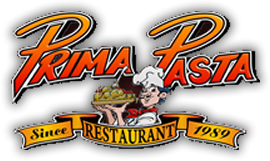 Open Now$4.00 Delivery4.8
Open Now$4.00 Delivery4.8 - Original Napoli Beechnut
.png?auto=format&fit=max&q=10) Open Now$3.50 Delivery4.9
Open Now$3.50 Delivery4.9 - Pomodoro's Cucina ItalianaOpen Now$6.90 Delivery4.0
- Pizza Love
.png?auto=format&fit=max&q=10) Open Now$1.00 - $2.00 Delivery5.0
Open Now$1.00 - $2.00 Delivery5.0
- The Spaghetti Western Italian Cafe
 Open Now$6.90 Delivery4.7
Open Now$6.90 Delivery4.7 - Prima Pasta
 Open Now$4.00 Delivery4.8
Open Now$4.00 Delivery4.8 - Original Napoli Beechnut
.png?auto=format&fit=max&q=10) Open Now$3.50 Delivery4.9
Open Now$3.50 Delivery4.9 - Pomodoro's Cucina ItalianaOpen Now$6.90 Delivery4.0
- Pizza Love
.png?auto=format&fit=max&q=10) Open Now$1.00 - $2.00 Delivery5.0
Open Now$1.00 - $2.00 Delivery5.0 - Lasagna House III
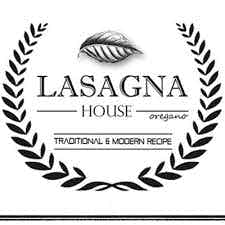 Open Now$6.90 Delivery4.5
Open Now$6.90 Delivery4.5 - Capone's Oven & Bar
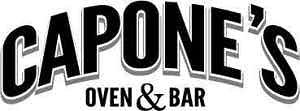 Open Now$6.90 Delivery4.5
Open Now$6.90 Delivery4.5
Best Chicken Marsala in New York
- Marinara Pizza
 Open NowFree Delivery5.0
Open NowFree Delivery5.0 - Il Mattone Tribeca
 Open NowFree Delivery5.0
Open NowFree Delivery5.0 - Lunetta Pizza
 Open NowFree Delivery5.0
Open NowFree Delivery5.0 - Famous Original Ray's Pizza
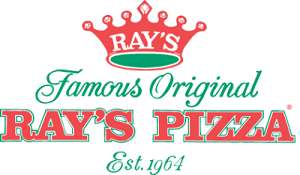 Open NowFree Delivery4.5
Open NowFree Delivery4.5 - La Vita Pizza RestaurantOpen NowFree Delivery4.9
- Marinara Pizza
 Open NowFree Delivery5.0
Open NowFree Delivery5.0 - Il Mattone Tribeca
 Open NowFree Delivery5.0
Open NowFree Delivery5.0 - Lunetta Pizza
 Open NowFree Delivery5.0
Open NowFree Delivery5.0 - Famous Original Ray's Pizza
 Open NowFree Delivery4.5
Open NowFree Delivery4.5 - La Vita Pizza RestaurantOpen NowFree Delivery4.9
- Garlic New York Pizza Bar
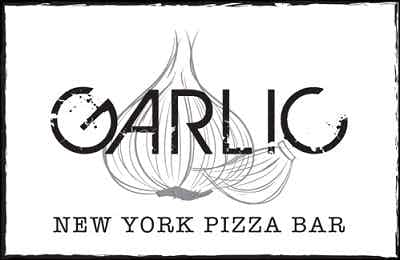 Open NowFree Delivery4.9
Open NowFree Delivery4.9 - Marinara Pizza
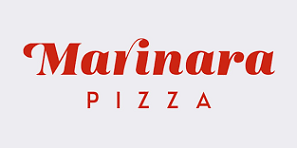 Open NowFree Delivery4.8
Open NowFree Delivery4.8 - Giovanni's Pizza
 Open NowFree Delivery4.9
Open NowFree Delivery4.9 - Pizza NapoliOpen NowFree Delivery4.8
- Marinara Pizza
 Open Now$2.99 Delivery4.9
Open Now$2.99 Delivery4.9 - Romano Pizza RestaurantOpen NowFree Delivery5.0
- Marinara Pizza
 Open Now$2.99 Delivery4.9
Open Now$2.99 Delivery4.9 - Claudio Pizzeria
 Open NowFree Delivery4.9
Open NowFree Delivery4.9 - Justino's Pizza - 10th Ave
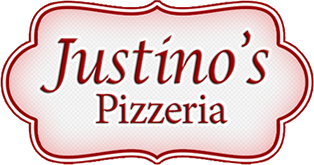 Open Now$1.00 Delivery5.0
Open Now$1.00 Delivery5.0 - Lunetta Pizza & Restaurant
 Open Now$1.50 Delivery5.0
Open Now$1.50 Delivery5.0
Best Chicken Marsala in Chicago
- Legno By Suparossa
 Open Now$4.00 Delivery4.8
Open Now$4.00 Delivery4.8 - Pat's Pizza
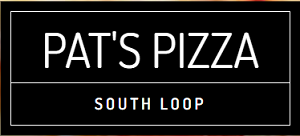 Open Now$5.00 Delivery4.7
Open Now$5.00 Delivery4.7 - Northstar Restaurant
 Open Now$3.90 Delivery4.4
Open Now$3.90 Delivery4.4 - Papa Santiago's PizzeriaOpen Now$5.00 Delivery4.8
- Taqueria El Ranchito
 Open Now$3.99 Delivery4.0
Open Now$3.99 Delivery4.0
- Legno By Suparossa
 Open Now$4.00 Delivery4.8
Open Now$4.00 Delivery4.8 - Pat's Pizza
 Open Now$5.00 Delivery4.7
Open Now$5.00 Delivery4.7 - Northstar Restaurant
 Open Now$3.90 Delivery4.4
Open Now$3.90 Delivery4.4 - Papa Santiago's PizzeriaOpen Now$5.00 Delivery4.8
- Taqueria El Ranchito
 Open Now$3.99 Delivery4.0
Open Now$3.99 Delivery4.0 - Oggi TrattoriaOpen Now$3.00 Delivery4.7
- Joe's on Higgins
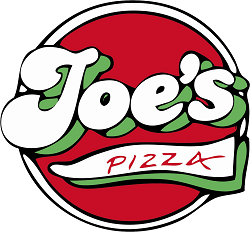 Closed$3.00 - $4.00 Delivery4.7
Closed$3.00 - $4.00 Delivery4.7
What Is Chicken Marsala?
Chicken Marsala is a very popular dish in Italian-American cuisine. As the name suggests, it is primarily made of chicken and Marsala sauce.
The preparation method includes cutting chicken breasts in halves, covering them in flour and quickly sauteing them. From there, in the same pan, the Marsala sauce is made. This is done by reducing Marsala wine until it becomes thick. Also, garlic is added to the mix at the same time.
When everything is complete, the sauce is poured over the warm chicken and the dish is ready to be served.
Still, there is another option for the cooking process. And that is to simply braise the chicken breasts in a mix of Marsala wine, butter, and some other ingredients.
Where did Chicken Marsala originate from?
As you can tell, Marsala wine is a key component of this dish. And that gives us a huge hint about the origin of Chicken Marsala.
See, this particular wine is named after the place where it is produced i.e. Marsala, Sicily.
In 1773, there was a storm that caused John Woodhouse to make an early stop with his ship in Marsala.
Woodhouse was an English trader on his way to doing business in Mazara del Vallo. But, as luck would have it, he ended up in Marsala where he made a great discovery.
When he went for a drink in a local tavern, he got to taste the city's local wine. This was a fortified wine made via a process known as "in perpetuum." What Woodhouse noticed was that the wine had a similar taste to other popular wines in England at the time.
Hence, he assumed the Marsala wine could be a potential hit in England as well. And so he bought it in large amounts and brought it over to England.
And a hit it was! Woodhouse's Marsala wine sold out right away. Because of this, he went back to Sicily. And in 1796, he even began to mass produce it.
Later on, other businessmen followed in Woodhouse's footsteps. One of them was Benjamin Ingham from Leeds who came to Sicily in 1806. And his Marsala wine business was inherited by brothers Joseph and William Ingham Whitaker.
Also, in 1833, Vincenzo Florio invested a lot in order to produce, market, and sell Marsala wine. In fact, he bought Woodhouse's firm as a part of it. And he further contributed to the popularity of the wine. Today, Florio is still a household brand when it comes to Marsala.
Once Marsala wine was an established drink, it also made its way into cooking. This probably happened in the early 19th century during the reign of Queen Maria Carolina of Naples and Sicily.
The Queen desired to raise the standards of the local cuisine and so she brought in chefs from France. And it was those chefs that are thought to have used Marsala wine in order to cook a sauce.
However, the Marsala sauce didn't become a huge thing in Italy. But it was probably a useful ingredient to Italian immigrants that came to America. This would explain the popularity of Chicken Marsala in the United States and the lack thereof in Italy.
In other words, we have come to an interesting conclusion. Chicken Marsala is a dish that is part American, Italian, and also French.
How many calories are in Chicken Marsala?
A serving size of 142g of Chicken Marsala contains around 356 calories. This includes 27g of total fat or 42% of the daily value based on a 2000-calorie diet.
In addition, we have 68mg of cholesterol (23%), 442mg of sodium (18%), and 236mg of potassium (7%). There's also 8g i.e. 3% of total carbohydrates, as well as 15g of protein.
Moreover, the amount of vitamin A is 7.4%, vitamin C 0.7%, calcium 1.5%, and iron 6.9%.
Where can I find Chicken Marsala near me?
Chicken Marsala is a popular dish all across America. Still, we have some specific restaurant recommendations for you. For those in Las Vegas, a great place to get this dish is Sabatino's NY Pizza. They're located on W Cheyenne Ave and also have pickup and delivery available via Slice.
And if you're in New York, then Il Mattone Tribeca is the right place for you. They offer outstanding Chicken Marsala. And you can find them at 49 Beach St. The restaurant is open 7 days a week, and if you order takeout or delivery on Slice - you get 5% off.
That being said, check the listings on this page to find Chicken Marsala near you in any other place.
Browse More Dishes
EVEN MORE DISHES NEAR YOU
Caprese Panini
•Chocolate Milk
•Turkey Club Sandwich
•Baked Potato
•Homemade Lasagna
•Turkey Burger
•Lobster Roll
•Limoncello Cake
•California Salad
•BLT Salad
•Carrot Juice
•Cheeseburger
•Scallop Rolls
•Chocolate Mousse Cake
•Veggie Sub
•Home Fries
•Chicken Hoagie
•Philly Cheesesteak Pizza
•Chili
•Vegetarian Calzone
•Cucumber Salad
•Blueberry Cheesecake
•Chicken Roll
•Ice Cream
•American Sub
•Mediterranean Pizza
•Tuna Salad Wrap
•Jumbo Shrimp
•Italian Calzone
•Meatball Parmigiana Sandwich
•Angel Hair
•Meatballs
•Nachos
•
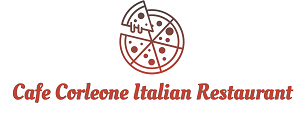

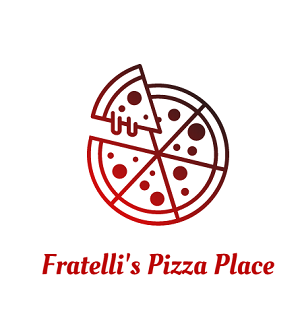

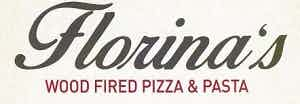
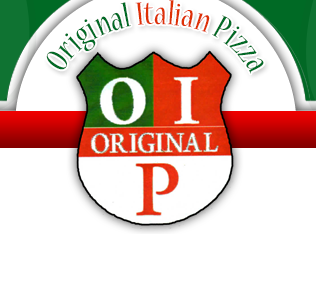


.jfif?auto=format&fit=max&q=10)
.jfif?auto=format&fit=max&q=10)

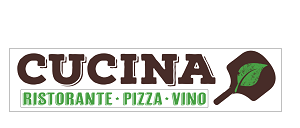
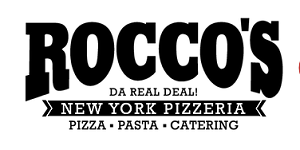
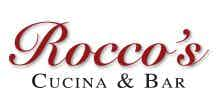
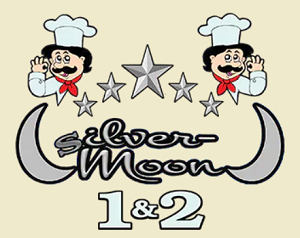
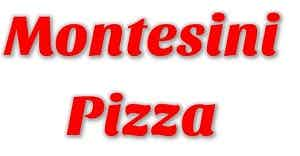
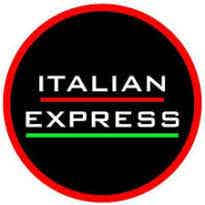

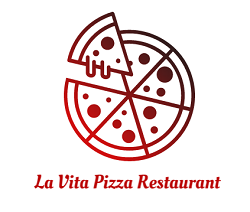

.jfif?auto=format&fit=max&q=10)




